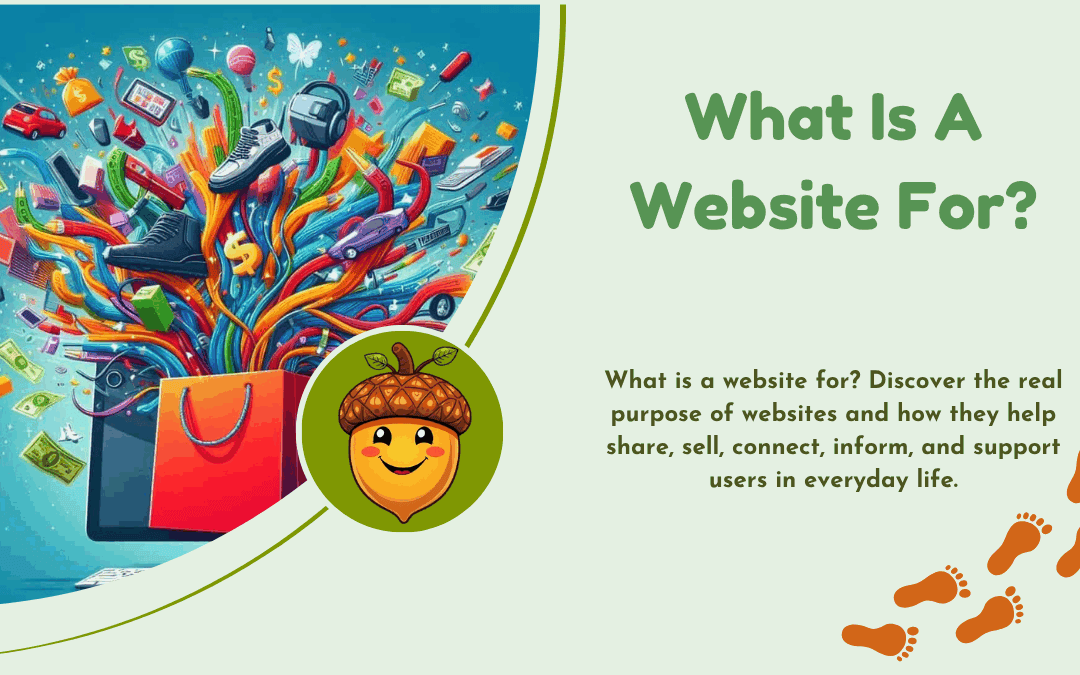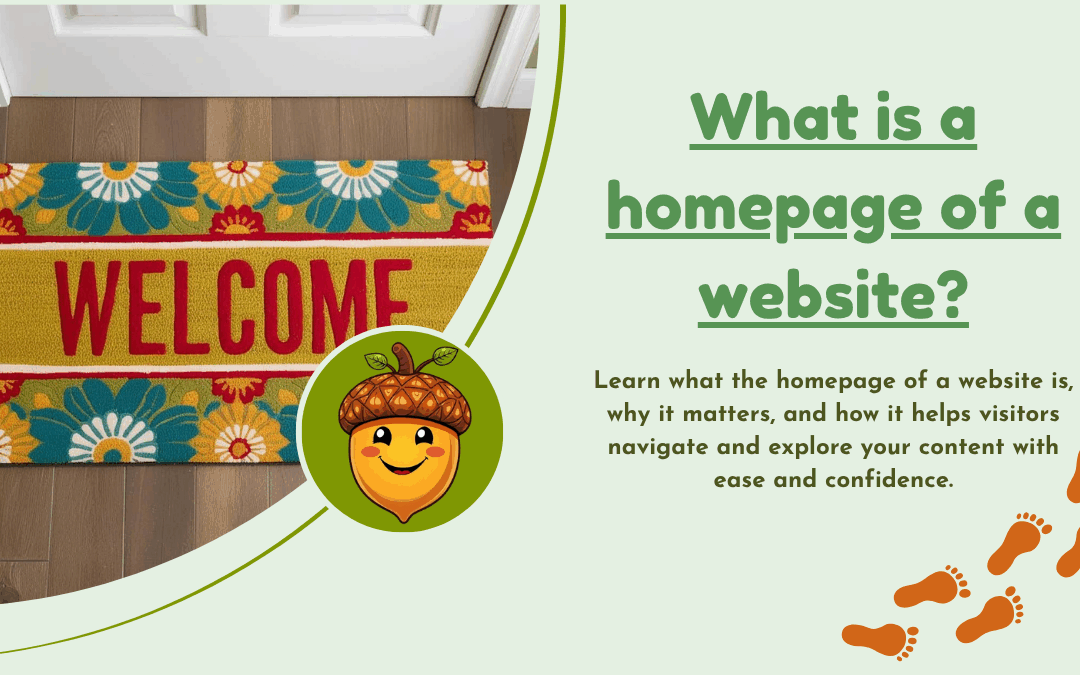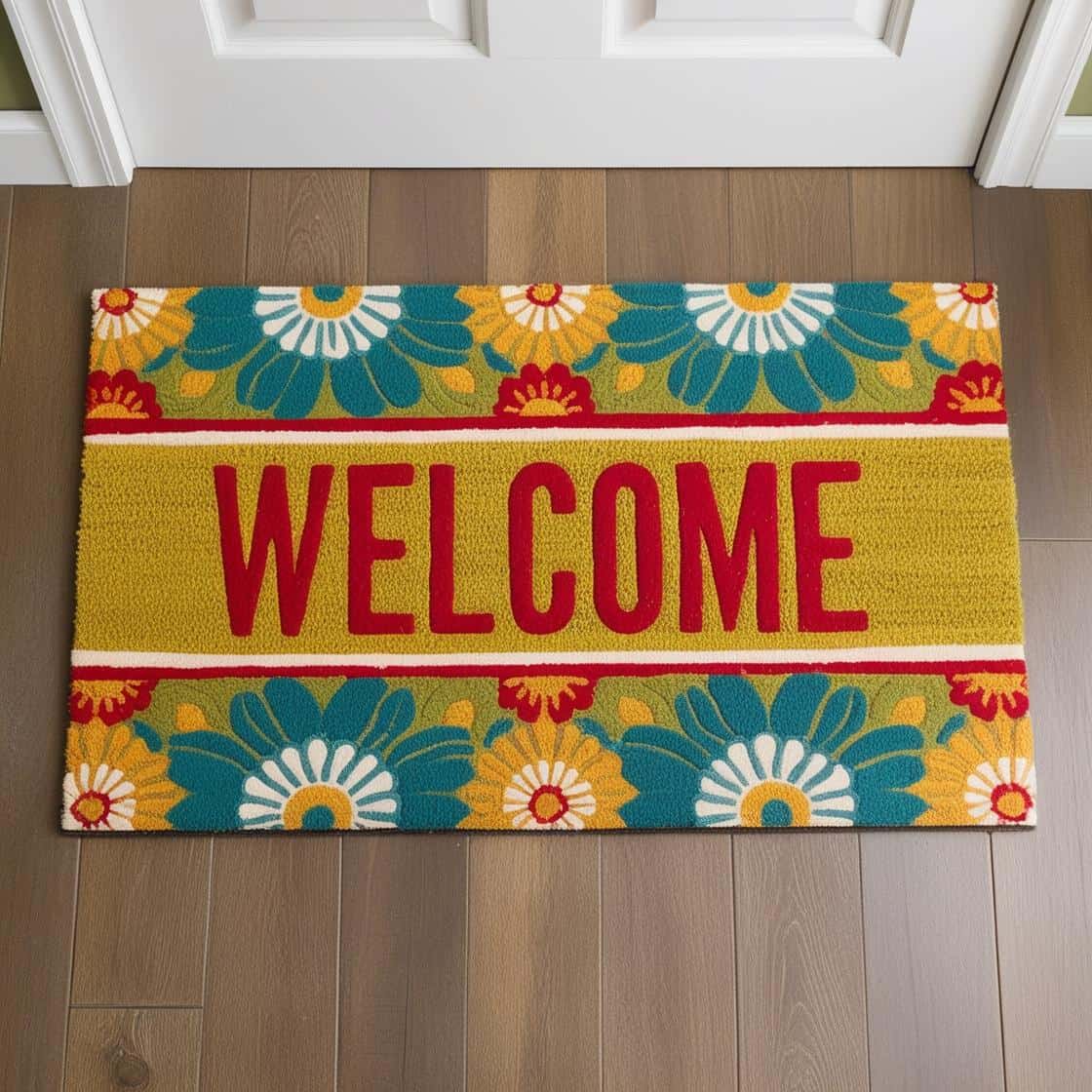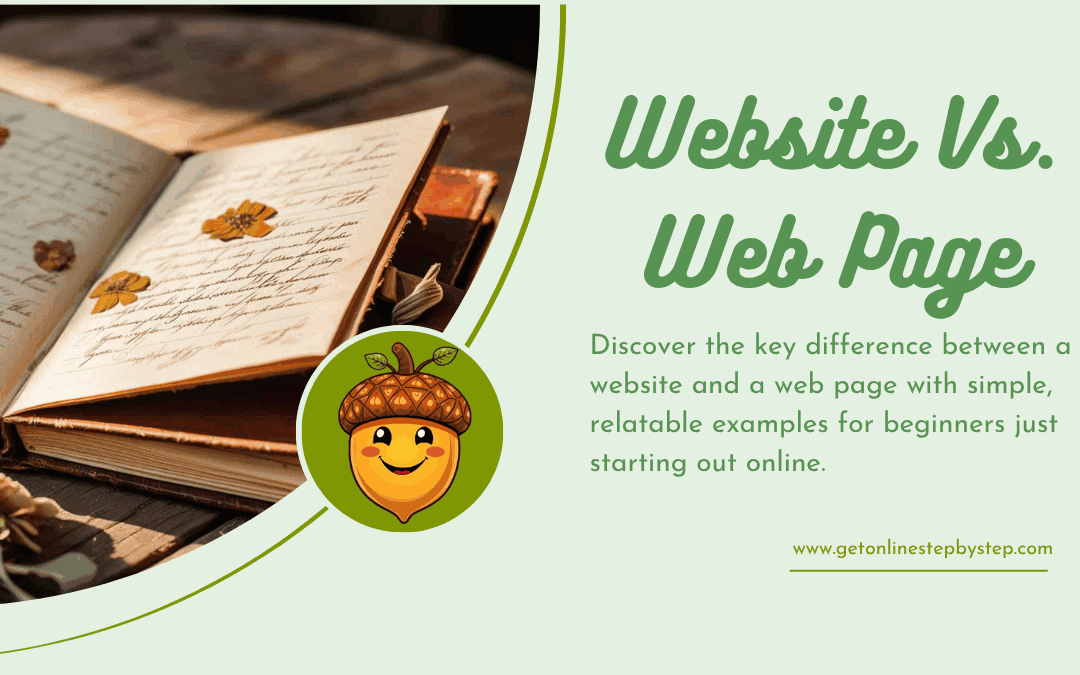
What Is A Website For?
Have you ever asked yourself, ‘What is a website for?
At its most basic, a website is a collection of linked digital pages filled with text, images, and media, existing on the web under a single domain.
It’s pretty neat when you think about how much these simple structures have evolved from plain old text-heavy pages to the dynamic hubs we see today.
Websites have come a long way since the early days. Originally, they were all about getting text-based information across.
Picture this: black text on a white screen, no images, no fancy graphics, just pure information. Fast forward to now, they’re a powerhouse of videos, interactive content, slick designs, and way more. This evolution reflects our growing appetite for instant information and richer online experiences.

What Is A Website Essentially Doing?
At its heart, it’s all about sharing information, engaging users, and converting those interactions into something valuable, like a sale or a signup.
Different people use them for different reasons. Businesses might want to boost sales or brand reputation, while individuals could just want a spot to share hobbies or thoughts, and organizations might be spreading awareness or gathering support.
Here’s the thing: figuring out ‘what is a website for?’ really depends on who’s visiting. Businesses, individuals, and organizations all bring their own needs to the table. Companies, for instance, might focus on driving online sales or customer engagement, while personal blogs focus on sharing experiences or opinions and charitable organizations might aim to educate or fundraise.
Matching the website’s purpose with what users actually want is pretty crucial. It’s like cooking for a crowd – you gotta know what they’re hungry for! Whether it’s information, shopping, or connecting with others, a successful website will seamlessly cater to its audience’s needs and desires.
Decoding the Main Purposes of Websites
Websites play a big role in the digital landscape and serve various purposes depending on what you need. At their core, they spread information like nobody’s business. Whether it’s a news site keeping you up to date on global events or a blog dishing out cooking tips or DIY tricks, the power to inform is huge.
Websites have turned into bustling marketplaces. Think of Amazon, eBay, or your favorite local store. From browsing products to clicking that checkout button, it’s all about making shopping a breeze without you even leaving the couch.
Social connections have also found a home on these platforms. Remember MySpace? Now it’s Facebook, Instagram, and X, creating communities, facilitating discussions, and connecting people across the globe. It’s not just about sharing experiences but building lasting relationships as well.

Websites are educational resources too. Universities and online learning platforms host a ton of courses and learning materials. So, if you’re curious and craving knowledge, there’s no better place than educational websites to upskill or learn something new.
And for those moments when the day just drags on, websites offer tons of entertainment. From streaming services and gaming platforms to humorous blogs and meme generators, they ensure there’s always something to keep you entertained and relaxed.
The Multipurpose Functions of Modern Websites
Today’s websites pack a punch with a variety of features designed to meet the diverse needs of users. They’re not just there to look pretty; they’re fully functional tools that bring people and businesses closer together.
Communicating is way easier now, thanks to websites. Whether it’s through live chat supports on e-commerce sites or forums for shared interests, websites are all about bridging gaps, bringing people and brands a tap away from each other.
If you want to make a mark online, a good website is a must. It helps boost your brand’s visibility and credibility. By showcasing your products, services, and unique strengths, websites act as your digital storefront, open 24/7 to anyone in the world.
Design matters immensely when it comes to user experience. A good website feels like a well-oiled machine – intuitive, smooth, and easy to navigate. If your visitors can find what they need without a hitch, they’re more likely to stick around and engage.
Every industry comes with its own unique needs and websites have adapted right along. Whether it’s for booking tickets, scheduling appointments, or just sharing the latest stock prices, modern websites specialize in functionalities tailored to specific sectors.
Don’t forget about integration. Modern websites are powerhouses because they hook up seamlessly with other tools – think CRM systems, social media platforms, and analytics tools. This connectivity means users always have access to the most up-to-date information and resources needed for effective decision making.
Why We Use Websites: Rationales and Outcomes
Websites are undeniably convenient, serving up vast amounts of info and services right at your fingertips. Need the latest news, directions to the best sushi spot, or an expert tutorial? It’s all just a click away, making life smoother and saving loads of time.
The speed of access makes websites indispensable. Got a question or need a service pronto? Websites offer instant answers and solutions without any delays, which is a boon in today’s fast-paced world.
Websites also open doors to personal and professional networking. Whether you’re connecting with like-minded individuals on social media or expanding your professional circle on LinkedIn, these platforms help in building and solidifying networks.
Making informed decisions is a breeze with all the information readily available online. You can compare products, check reviews, and even watch demonstration videos before making a purchase, ensuring you get the best bang for your buck.
And for businesses and individuals alike, embracing digital transformation through websites streamlines everyday operations. From automating processes to tracking data and analytics, websites turn tedious tasks into efficient workflows, giving you more time to focus on what truly matters.
Crafting People-Centric Websites With E-E-A-T Principles
Creating a website that stands out means centering on user experience first and foremost. Design choices should feel intuitive and accessible, ensuring every visitor can easily find what they’re after. Remember, a happy visitor is often a loyal one.
Incorporating expertise and authority into your website builds trust with your audience. Spell out your credentials, showcase customer testimonials, and provide valuable content that positions you as a go-to expert in your field.
Transparency and trustworthiness in information not only enhances credibility but also aids user decision-making. Whether you’re explaining your return policy or diving into a detailed blog post, accuracy and clarity should always be front and centre.
While integrating SEO strategies can boost visibility, user needs should always take precedence. Think about what information your audience seeks and answer those questions thoroughly and concisely within your website’s content.
Continuous improvement is key. Regularly update your site with fresh content, check for any broken links, and keep up with the latest web trends. Staying proactive ensures your site remains relevant and useful for every visitor.
Now you’ve got a clearer picture and be able to answer the question what is a website for?
I’d love to hear your thoughts. Are you thinking about building your own? Or maybe you’ve come across a site that really impressed (or confused!) you?
Pop a comment in the box below and share your experiences or questions—no jargon, no judgement, just a friendly chat about all things websites. Let’s learn from each other and keep the conversation going!
Here’s a little transparency: My website contains affiliate links. This means if you click and make a purchase, I may receive a small commission. Don’t worry, there’s no extra cost to you. It’s a simple way you can support my mission to bring you quality content.”








